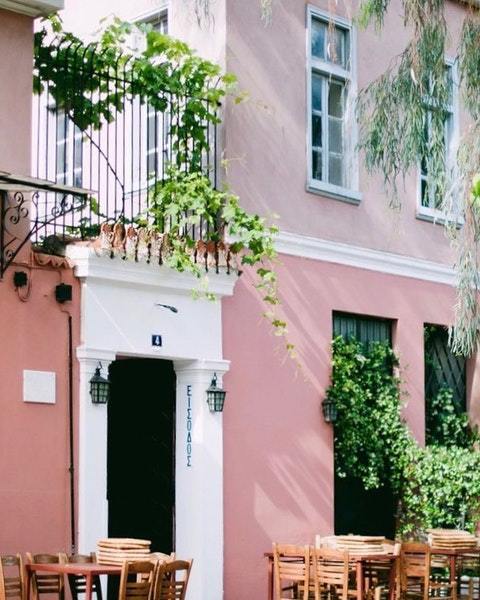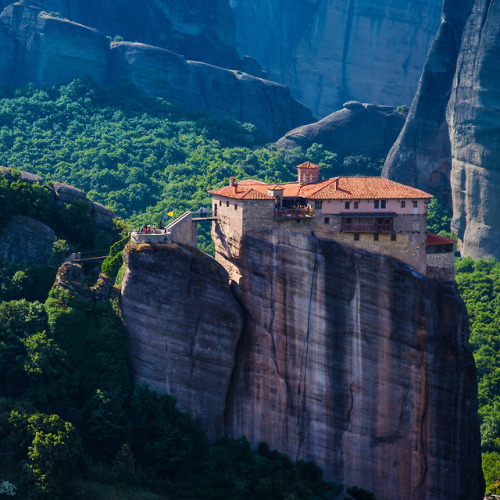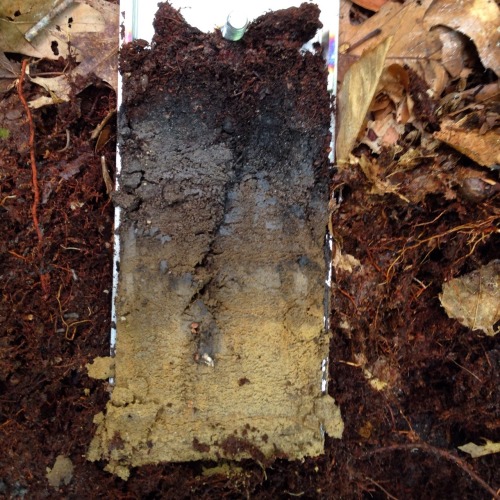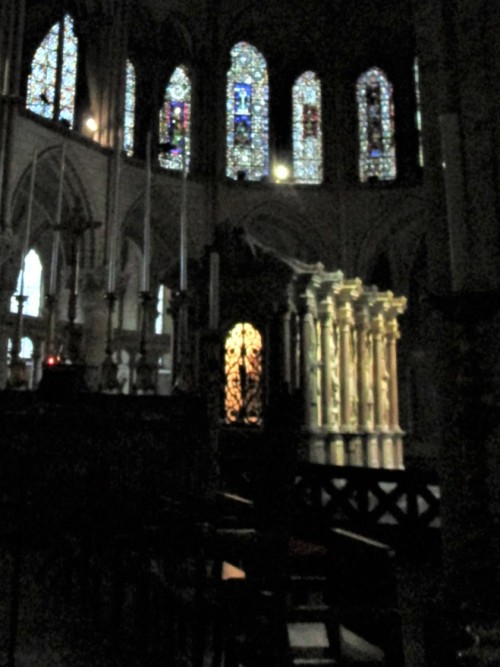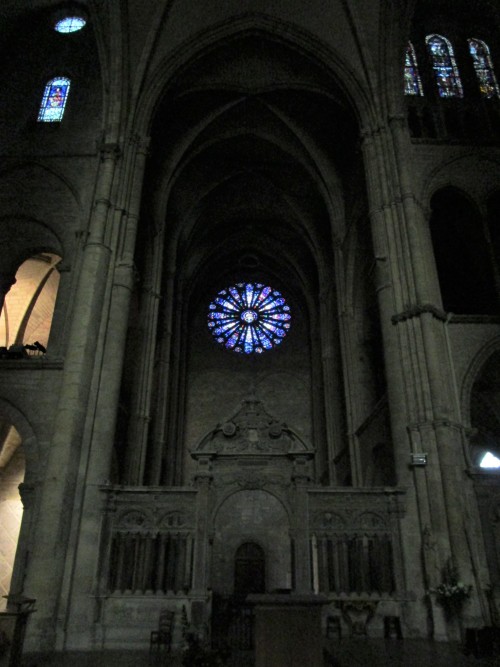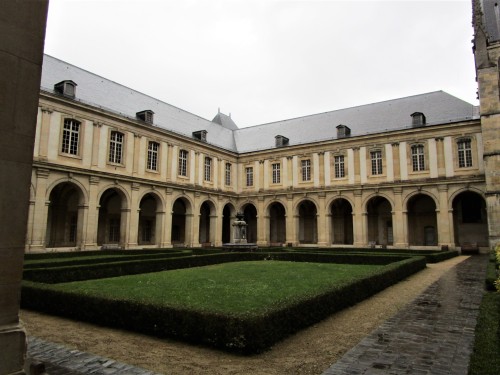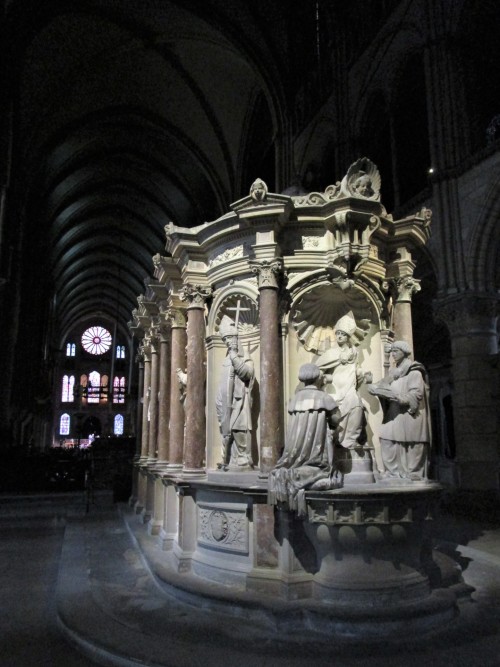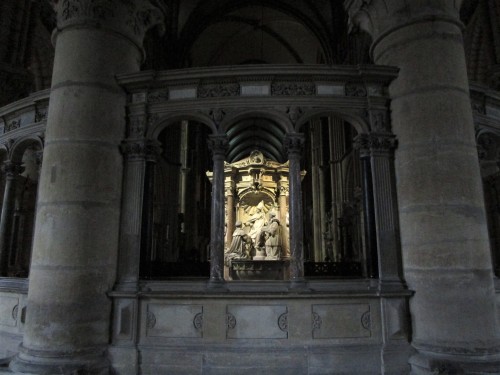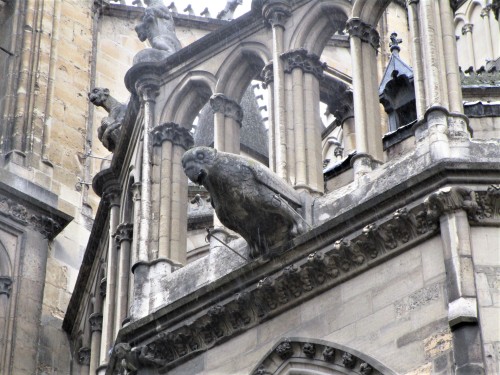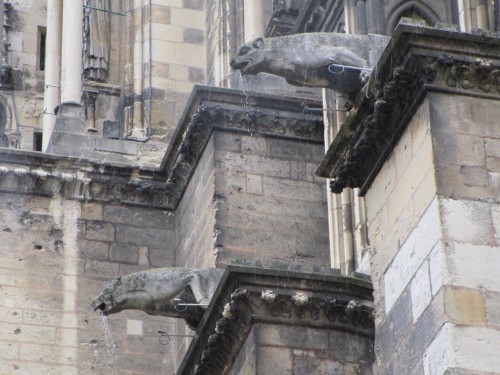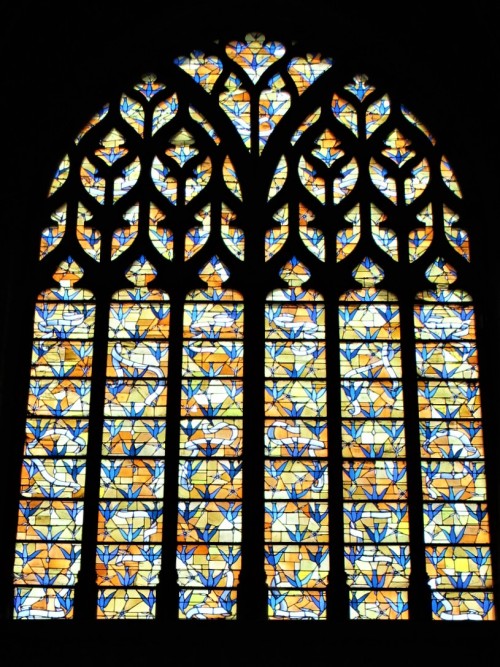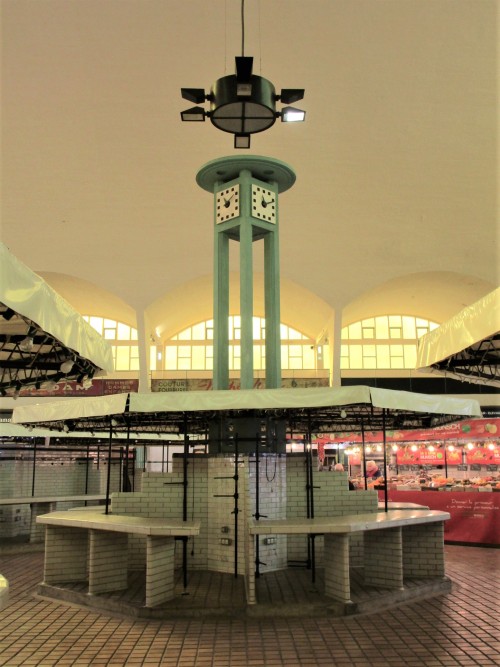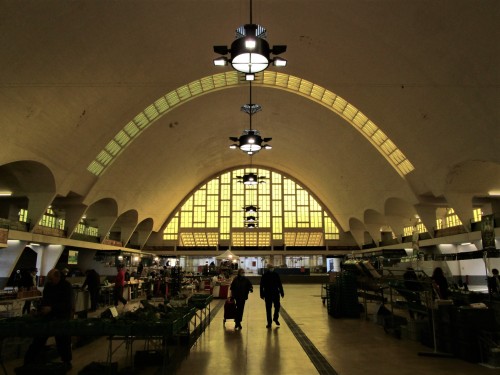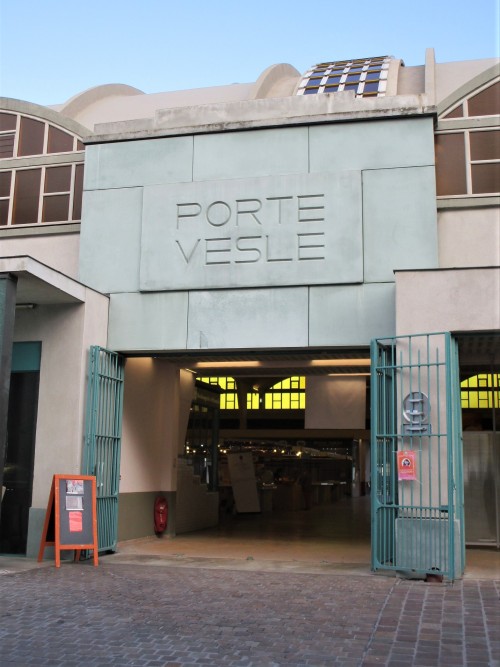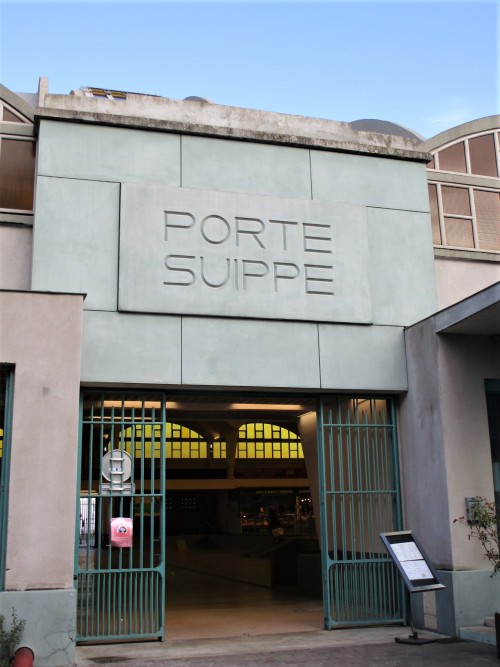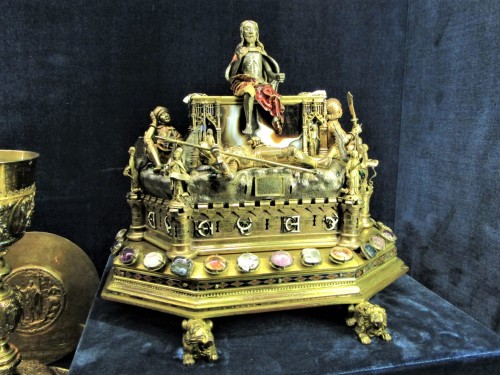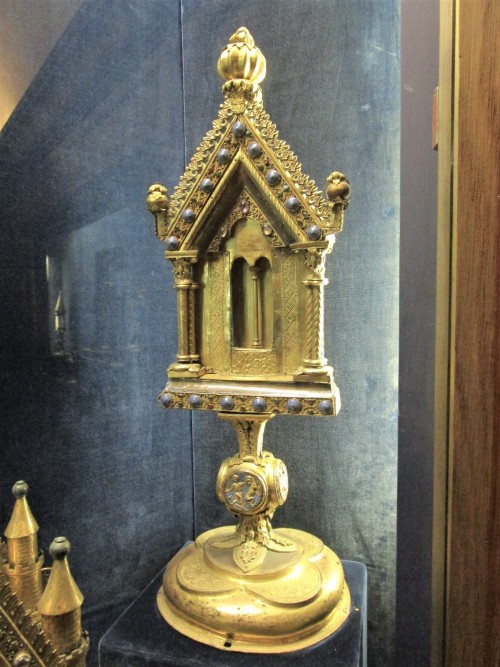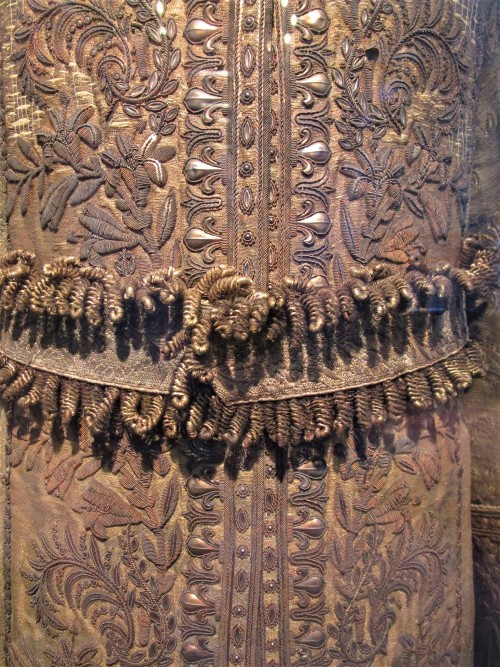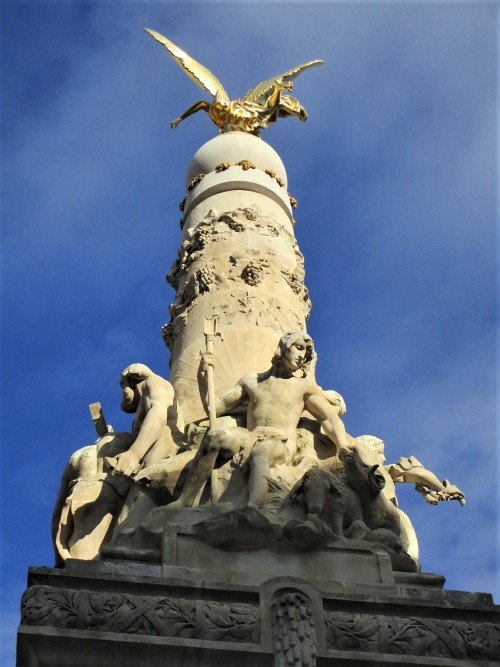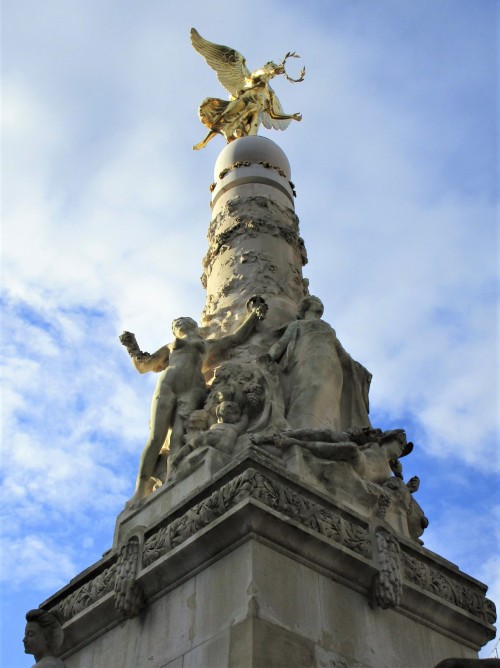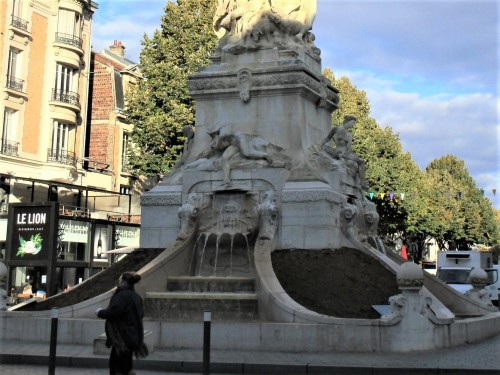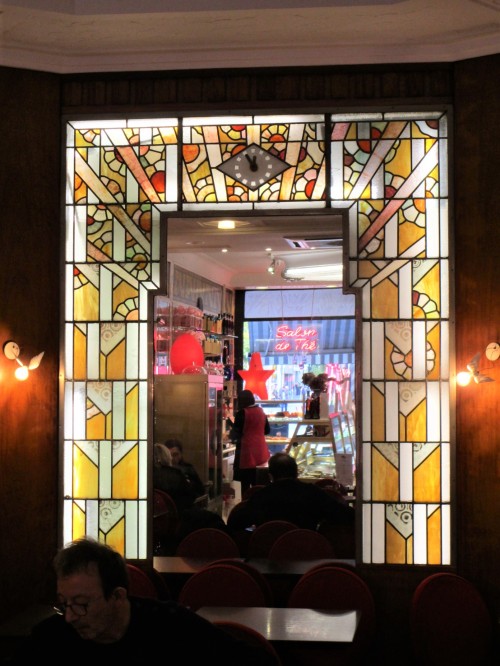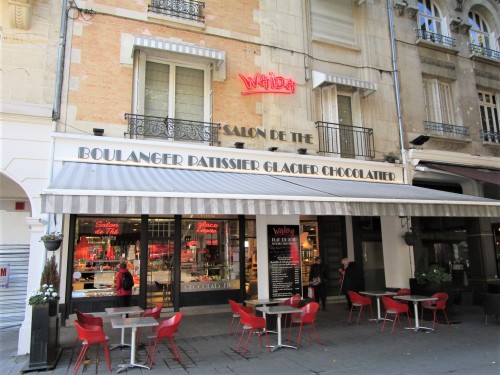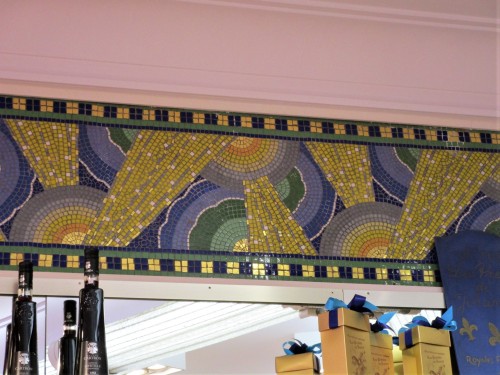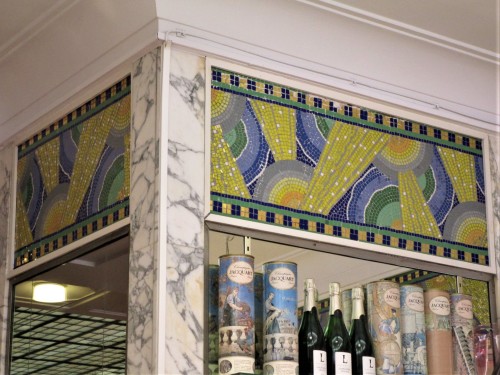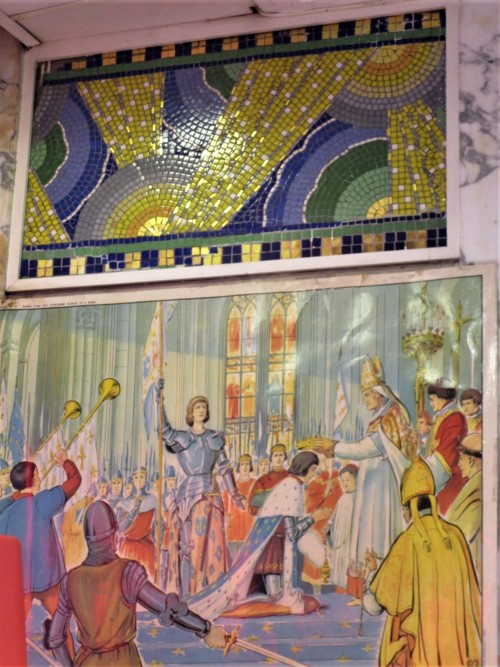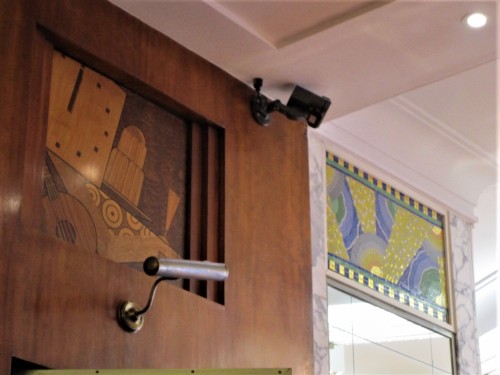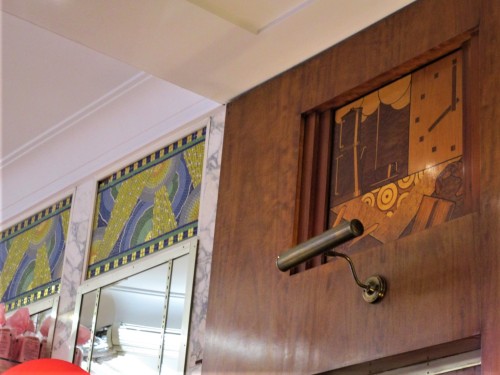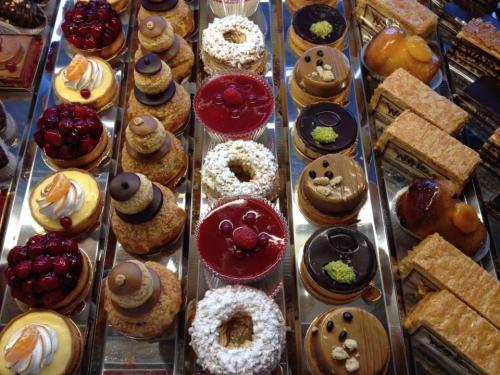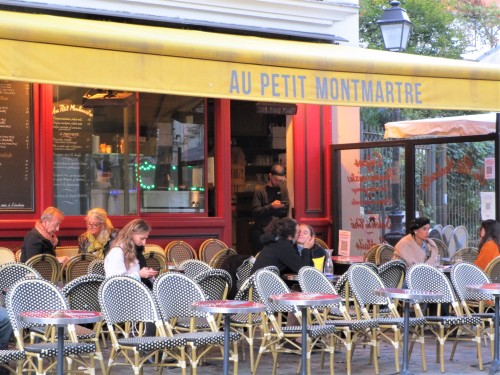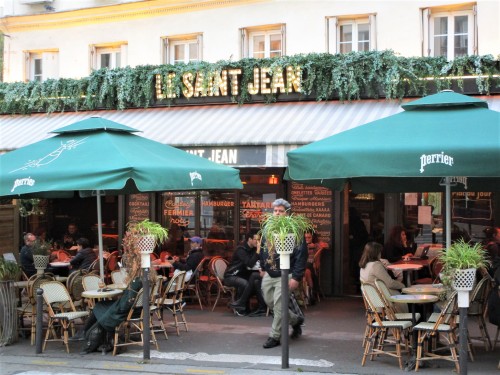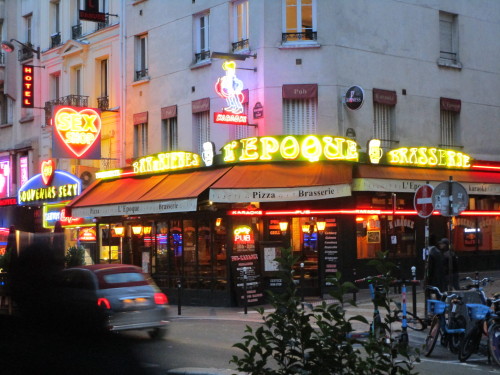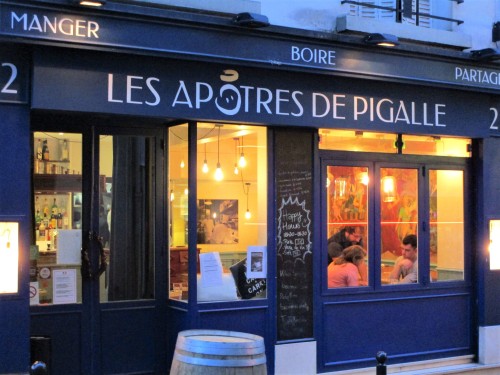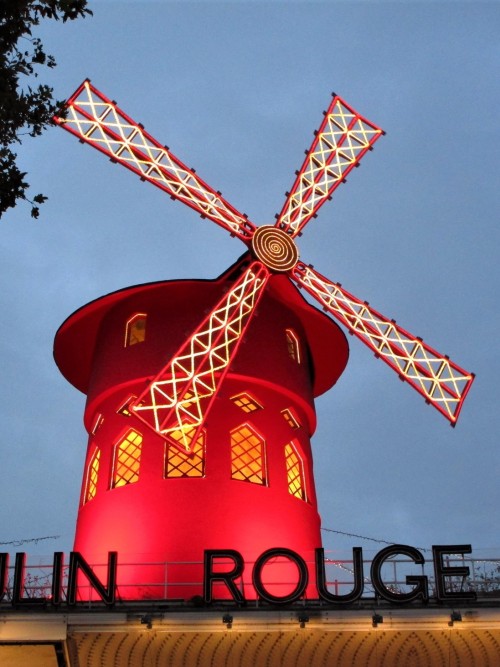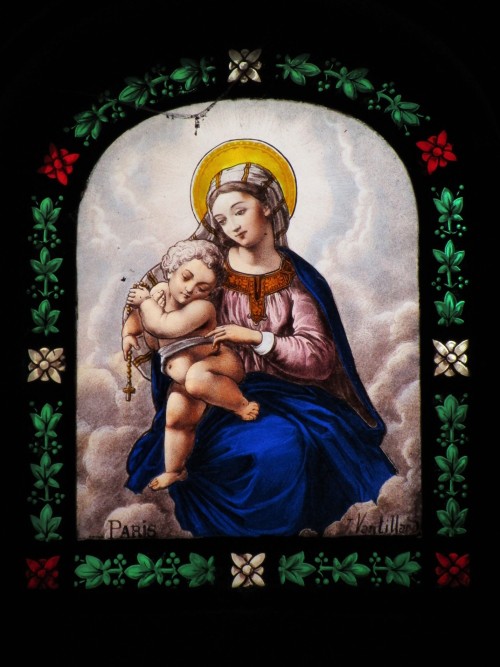#travel photos
Amazing Buildings - Meteora Monastery
Take the train from Thessaloniki and in just three hours you will see the breathtaking Meteora Monastery which literally means ‘suspended in the sky’
Post link
The Basilica of Saint-Remi, Reims, with most of the lights off on a rainy day. Not great for taking photographs unless you’re aiming for this aesthetic, whatever you might call it. The first photo is my favorite from this group.
Photos by Charles Reeza
Post link
TheBasilica of Saint-Remi in Reims, France, is medieval abbey church that was founded in the 11th century. It is named for St. Remi (Remigius in English), a 5th century bishop of noble birth. His father was the Count of Laon, and his mother was the daughter of the Bishop of Soissons. (Let that sink in.) As a young man, he was such a devout and gifted scholar he was elected Bishop of Reims at the age of 21, even though he was not a priest. So, he was ordained and consecrated bishop in the same ceremony. (I suppose it didn’t hurt that his grandfather was a bishop.)
Remi befriended Clovis, King of the Franks, and eventually baptized him in 496, thus bringing Christianity to the Franks. His tomb is in the basilica.
Photos by Charles Reeza
Post link
TheTomb of Saint Remi in the Basilica of Saint-Remi, Reims.
The original Renaissance tomb was made in the 16th century, but it was destroyed during the French Revolution. This is a replica made in 1847 with some fragments of the original. The rounded end of the tomb depicts St. Remi baptizing Clovis, King of the Franks.
Photos by Charles Reeza
Post link
A few gargoyles on the Basilica of Saint-Remi in Reims. These guys were doing their job, spitting out water, because it was pouring rain when I took these pictures.
Post link
Birds in Gothic Stonework - Basilica of Saint-Remi, Reims
According to legend, birds would come to St. Remi’s table whenever he ate, and he would share his meal with them.
Photo by Charles Reeza
Post link
Reims is considered the Art Deco capital of France because, after being heavily damaged in the First World War, a great deal of reconstruction took place in the 1920s and 30s. After the Art Nouveau style had run its course, the simpler lines of Art Deco became all the rage. Les Halles du Boulingrin is part of that architectural heritage.
The market hall, completed in 1929, is a listed historical monument with an impressively constructed ceiling. With no central supports on the inside, the parabolic arch spans a space more than 100 meters long and 38 meters wide. The tinted glass gives the interior a golden glow, and the side doors are highlighted with pale green polished cement. After falling into disrepair, the hall was renovated between 2008 and 2012. Markets are now held there twice a week.
Photos by Charles Reeza
Post link
Treasures of Reims Cathedral
Many Catholic cathedrals in Europe have a collection of precious objects accumulated over the centuries. Most of these items played a role in the cult of relics that elevated the church to a stop on the pilgrimage routes and brought a steady flow of income to fund building projects (and who knows what else).
Here we have (from the top) the Reliquary of the Holy Thorn, the Holy Ampulla followed by the reliquary in which it was kept. The ampulla held the oil used to anoint the kings of France. Next is the Reliquary of the Resurrection that once held an alleged piece of Jesus’ tomb. Then there’s the Reliquary of Samson, so called because of the decoration at the bottom showing a man killing a lion. It did not contain a piece of the legendary Biblical hero, but such a preposterous claim would not be unusual.
TheReliquary of the Talisman of Charlemagne held not only the talisman, which I described in a previous post, but still holds “fragments of Christ’s diaper, the Virgin’s robe, John the Baptist’s shroud, and a bone from Charlemagne’s right arm.”
The last photo shows “two offering loaves” made in the 19th century of silver and gilded silver. I can only ask, “Why?”
Photos by Charles Reeza
Post link
Goldwork garments made for the coronation of Charles X of France in 1825. The first photo shows the shoulder of a tabard worn by one of the King’s Heralds, and the other garment is the habit worn by the Dauphin, featuring goldwork on “cloth of gold.” Embroidery of this quality is an underappreciated art form, in my opinion. These are exhibited in the Tau Palace next to Reims Cathedral.
This was the last French royal coronation because the next and last king of France, Louis Philippe I, wisely opted not to have a coronation.
Photos by Charles Reeza
Post link
Fontaine Subé - Reims, France
In the late19th century, Auguste-Frédéric Subé, a wealthy merchant in Reims, left most of his estate to the city and designated 200,000 francs for the erection of a monumental fountain. It was built in the center of the Drouet d'Erlon square in 1906 according to the design of André Najoux. The figures around the column illustrate the local economic activities of the region of Reims - Vineyards, Commerce, Industry, and Agriculture. The four statues around the base symbolize the rivers Marne, Vesle, Suippe and Aisne.
A bronze statue of Fame originally stood at the top of the column, but it was removed by the occupying German army in 1942. Sixty percent of the city was destroyed by the end of WWII, but most of the fountain was intact. In 1989, a new statue of Victory, by the sculptor Jean Barat, was added. The fountain was extensively restored in 2016 with a budget of € 650,000 provided by donors and corporate sponsors.
Photos by Charles Reeza
Post link
Le Cellier - Rue de Mars, Reims, France
This building with its Art Nouveau facade and iconic door was built in 1898 by the architect Ernest Kalas for the champagne company Jules Mumm. The five mosaics illustrating stages in the production of champagne were made by Auguste Guilbert-Martin from drawings by Joseph Blanc and Octave Guillonnet.
The property later became the home of Veuve-Cliquot champagnes, and then was the head office of Champagne Jacquart from 1968 to 2009. In 2010 the City of Reims turned it into a cultural center with an auditorium and exhibition space.
Photos by Charles Reeza
Post link
WaïdaSalon de Theand Pâtisserie - Reims, France
Three generations of the Waïda family have been running this popular business since the reconstruction of Reims in the 1920s and 1930s following the first world war. The Art Deco interior has a colorful mosaic frieze around the pastry shop. The tearoom in the back, where I had my usual light lunch with heavy pastry, features wood paneling with marquetry insets and backlit stained-glass.
And look at those pastries. Too many, too little time … but I did my best.
Photos by Charles Reeza
Post link
Two small stained-glass mausoleum windows at Saint-Vincent Cemetery in Montmartre, Paris.
Photos by Charles Reeza
Post link


